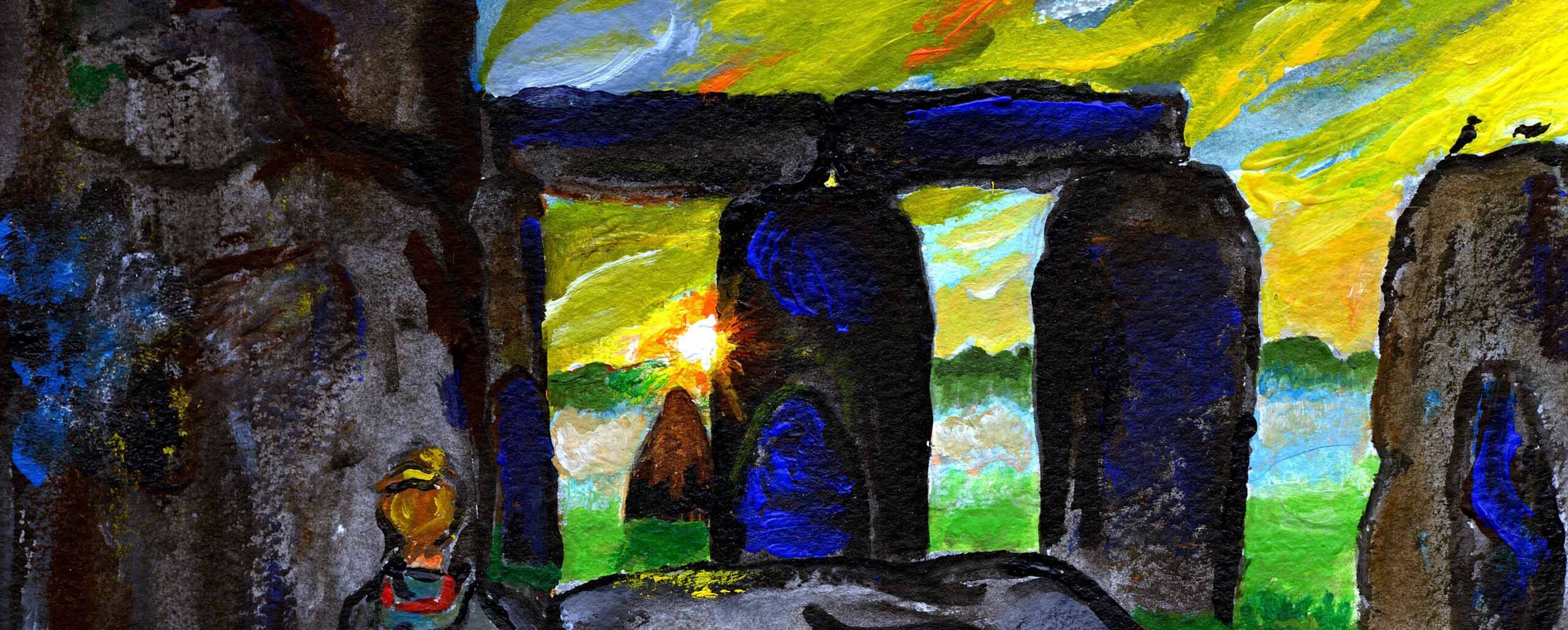On August 8 the Moon went through its New position, beside the Sun, at about 14h Universal Time. So it emerged into theoretical visibility from Arabia at sunset of the next day, Aug. 9. That subtle sky event began the year 1443 in the Islamic lunar calendar. Days are reckoned from sunset to sunset, so the first full day of the year is today, August 10. Visibility should have become less theoretical.

To quote some of the explanation in the Astronomical Companion, section on “Calendars”:
“In 622 A.D. the prophet Muhammad emigrated with his followers from his native city Mecca to friendlier Medina; this strategic “flight” or hijra (Latinized as Hegira) led to the growth of his power. About 640, the caliph Omar established the hijra as the beginning of the Muslim era. But the year 1 is reckoned from [the month] Muharram 1 (622 July 16), not from the actual day of the hijra (622 Sep. 24).”
Our emerging Moon passed 4° northwest of Mars at 4 UT today (in the middle of the night for America), and will pass about 4° northwest of Venus on Aug. 11. The arrows through the planets and Sun show their movement over 5 days, in relation to the starry background.
The Sun today crosses the astronomical boundary into the constellation Leo. It will enter Virgo on September 16 and reach its autumn equinox point there on Sep. 22, descending into the southern half of the celestial sphere.
Watch out next for news about the Perseid meteors!
__________
ILLUSTRATIONS in these posts are made with precision but have to be inserted in another format. You may be able to enlarge them on your monitor. One way: right-click, and choose “View image”, then enlarge. Or choose “Copy image”, then put it on your desktop, then open it. On an iPad or phone, use the finger gesture that enlarges (spreading with two fingers, or tapping and dragging with three fingers). Other methods have been suggested, such as dragging the image to the desktop and opening it in other ways.
Sometimes I make improvements or corrections to a post after publishing it. If you click on the title, rather than on ‘Read more’, I think you are sure to see the latest version.
This weblog maintains its right to be about astronomy or anything under the sun.

Well you learn something everyday I didn’t know that it is the Islamic New Year although I knew Islam used the lunar calendar whereas Christianity had adopted the solar calendar.Got me thinking about Abrahamic faiths and calendars and what calendar Judism uses and looking it up it would appear to be a hybrid of the lunar and solar but I’m guessing that originally it must have been lunar.Christianity went totally solar,Islam remained lunar and Judism went down the middle path.
Re. Christianity: tell me again when the most important liturgical event happens!? For Catholics, the first Sunday after the first FULL MOON following the spring equinox. Explain how that isn’t a lunar calendar relic?
All calendars are lunisolar, containing both years and months – except my imagined calendars of years divided only into weeks, and longhsadow calendar https://www.universalworkshop.com/2021/06/20/shortshadow/
My Muslim coworker’s tradition marks the start of a new month after a report of an actual observation of the waxing Moon. And of course they don’t know when that will happen until it has happened. Every year they plan and prepare the Eid feast for the end of Ramadan, wait to hear that the Moon has been seen, and celebrate, maybe this evening, maybe tomorrow evening … .